The Importance of Regular Brake Checks
Key Takeaways:
- Regular car brakes check are essential for your safety, performance, and comfort on the road.
- Brake checks can help you detect and prevent common brake problems, such as brake fade, brake judder, brake noise, brake fluid leak, and brake pad wear.
- Brake checks can also help you save money on repairs, reduce fuel consumption, and extend the life of your brake system.
- You should check your brakes at least once a year, or more often if you drive frequently, in harsh conditions, or with heavy loads.
- You can check your brakes yourself by inspecting the brake fluid level, the brake pads and rotors, the brake lines and hoses, and the brake lights.
- You can also take your car to a professional mechanic for a more thorough brake inspection and service.
Car Brakes check are one of the most important car maintenance tasks that you should not neglect. Your brakes are responsible for slowing down and stopping your vehicle, which is crucial for your safety, performance, and comfort on the road. In this article, we will explain why regular brake checks are important, how to check your brakes yourself, and when to take your car to a professional mechanic for a brake service.
Why are regular brake checks important?
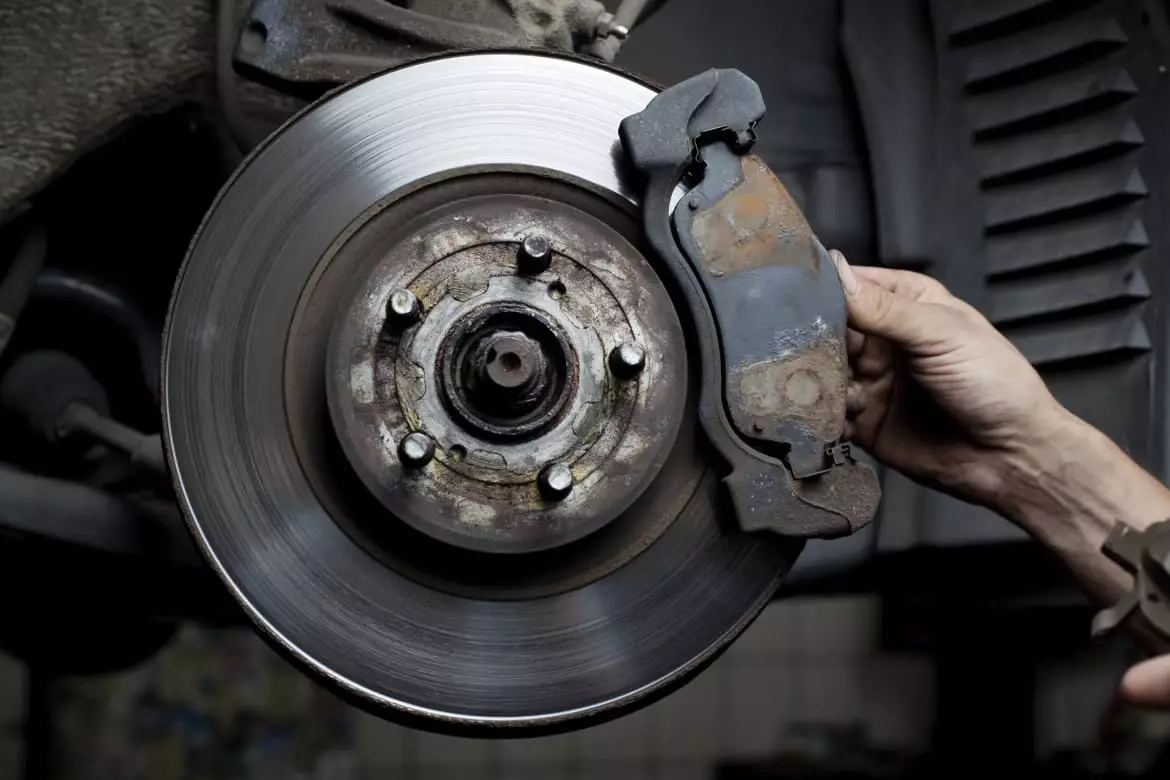
Regular car brakes check is important for several reasons:
- They can help you detect and prevent common brake problems, such as brake fade, brake judder, brake noise, brake fluid leak, and brake pad wear. These problems can compromise your braking efficiency, increase your stopping distance, and cause damage to other brake components. By checking your brakes regularly, you can identify and fix these issues before they become more serious and costly.
- They can help you save money on repairs. Brake repairs can be expensive, especially if you have to replace the brake rotors, calipers, or master cylinder. By checking your brakes regularly, you can avoid unnecessary repairs and extend the life of your brake system. You can also save money on labor costs by doing some simple brake checks yourself, such as checking the brake fluid level and the brake pads.
- They can help you reduce fuel consumption. Brakes that are not working properly can cause drag and friction, which can increase your fuel consumption and emissions. By checking your brakes regularly, you can ensure that your brakes are working smoothly and efficiently, which can improve your fuel economy and reduce your environmental impact.
- They can help you enhance your driving experience. Brakes that are not working properly can cause vibrations, noises, and pulling, which can affect your driving comfort and confidence. By checking your brakes regularly, you can ensure that your brakes are quiet, smooth, and responsive, which can improve your driving experience and satisfaction.
How to check your brakes yourself?
You can do car brakes check yourself by following these simple steps:
- Check the brake fluid level. The brake fluid is the hydraulic fluid that transfers the pressure from the brake pedal to the brake calipers or wheel cylinders. The brake fluid level should be between the minimum and maximum marks on the brake fluid reservoir, which is usually located under the hood near the firewall. If the brake fluid level is low, you may have a leak in the brake system, or your brake pads may be worn out. You should add the correct type of brake fluid to the reservoir, and check for any signs of leakage or damage in the brake lines, hoses, and fittings. You should also check the color and condition of the brake fluid. The brake fluid should be clear and clean, not dark or cloudy. If the brake fluid is dirty or contaminated, you should flush and replace it as soon as possible.
- Check the brake pads and rotors. The brake pads are the friction material that press against the brake rotors, which are the metal discs that spin with the wheels. The brake pads and rotors are responsible for creating the friction that slows down and stops your vehicle. You should check the thickness and condition of the brake pads and rotors at least once a year, or more often if you drive frequently, in harsh conditions, or with heavy loads. You can check the brake pads and rotors by looking through the wheel spokes, or by removing the wheels. The brake pads should have at least 3 mm of friction material left, and the rotors should be smooth and even, not grooved or warped. If the brake pads are worn out, you should replace them as soon as possible. If the rotors are damaged, you should resurface or replace them as well.
- Check the brake lines and hoses. The brake lines and hoses are the tubes that carry the brake fluid from the master cylinder to the brake calipers or wheel cylinders. The brake lines and hoses should be free of cracks, leaks, corrosion, or damage. You should check the brake lines and hoses by following them from the brake fluid reservoir to each wheel, and inspecting them for any signs of wear or tear. You should also check the brake line fittings and connections for any signs of leakage or looseness. If the brake lines or hoses are damaged, you should replace them as soon as possible.
- Check the brake lights. The brake lights are the lights that indicate to other drivers that you are braking. The brake lights should be bright and clear, not dim or broken. You should check the brake lights by asking someone to watch them while you press the brake pedal, or by using a mirror or a camera. You should also check the brake light switch, which is the device that activates the brake lights when you press the brake pedal. The brake light switch should be properly adjusted and connected, not loose or faulty. If the brake lights are not working properly, you should replace the bulbs, fuses, or switch as soon as possible.
When to take your car to a professional mechanic for a brake service?
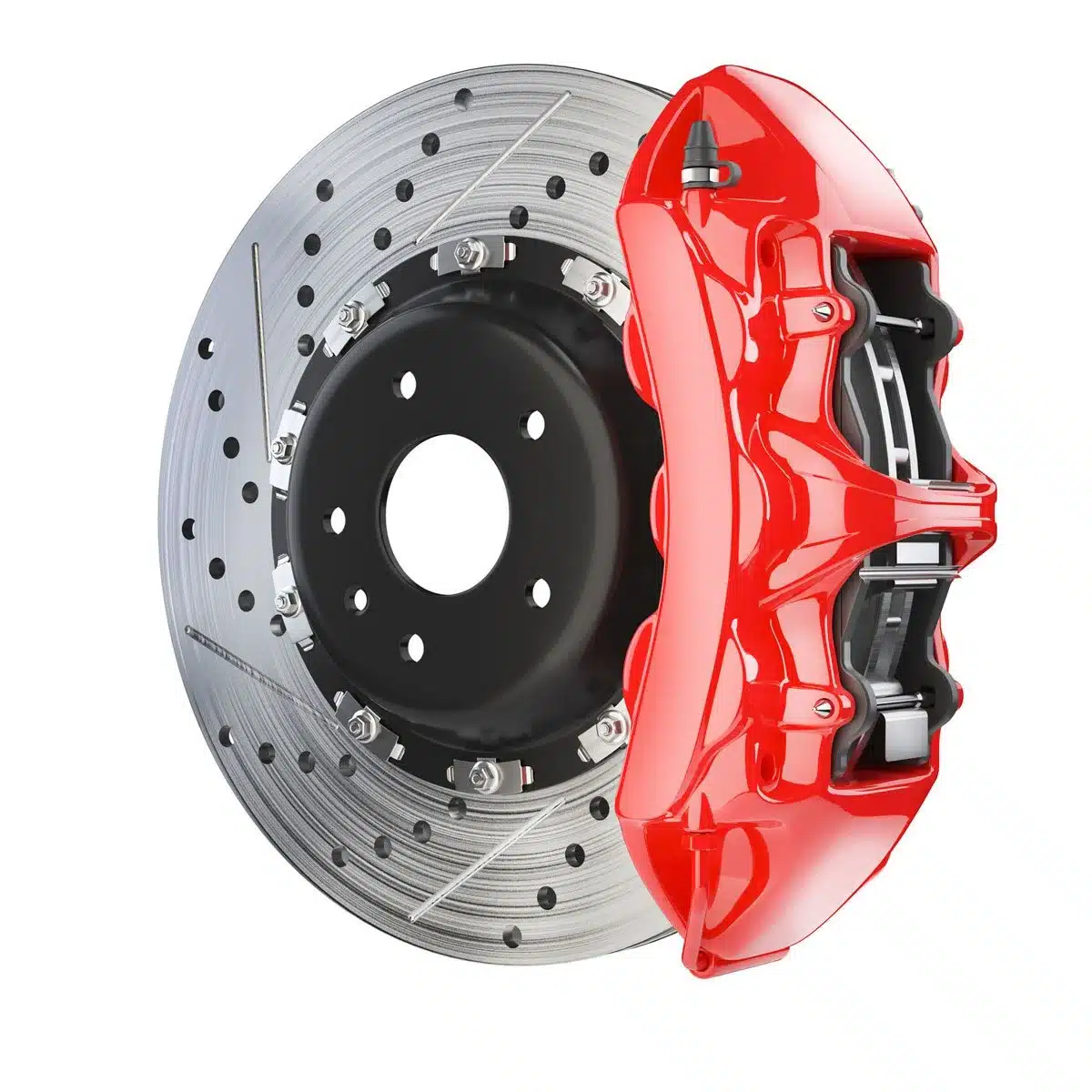
You should take your car to a professional mechanic for a brake service if you notice any of the following signs or symptoms:
- Your brake pedal feels soft, spongy, or hard to press.
- Your brake pedal travels too far or too little before engaging the brakes.
- Your brake pedal pulsates or vibrates when you brake.
- Your car pulls to one side or the other when you brake.
- Your car takes longer than usual to stop or does not stop at all when you brake.
- Your car makes squealing, grinding, or scraping noises when you brake.
- Your car emits a burning smell or smoke when you brake.
- Your brake warning light or ABS light comes on or stays on.
- Your brake fluid level drops frequently or drastically.
- Your brake fluid is dirty or contaminated.
- Your brake pads or rotors are worn out or damaged beyond repair.
- Your brake lines or hoses are cracked, leaking, or corroded.
- Your brake lights are not working properly.
These signs or symptoms indicate that your brake system has a serious problem that requires immediate attention and repair. A professional mechanic can diagnose and fix the problem, and perform a comprehensive brake inspection and service. A brake service typically includes:
- Flushing and replacing the brake fluid
- Replacing the brake pads and rotors
- Resurfacing or replacing the brake drums and shoes
- Bleeding the brake lines and hoses
- Adjusting the brake calipers and wheel cylinders
- Lubricating the brake hardware and components
- Testing the brake system for proper operation and performance
A brake service can cost anywhere from $100 to $500 or more, depending on the type and extent of the repair, the parts and labor involved, and the location and reputation of the mechanic. You should compare different quotes and reviews before choosing a mechanic, and ask for a written estimate and warranty before agreeing to the service.
Conclusion
Regular brake checks are essential for your safety, performance, and comfort on the road. Brake checks can help you detect and prevent common brake problems, save money on repairs, reduce fuel consumption, and enhance your driving experience. You should check your brakes at least once a year, or more often if you drive frequently, in harsh conditions, or with heavy loads. You can check your brakes yourself by inspecting the brake fluid level, the brake pads and rotors, the brake lines and hoses, and the brake lights. You should also take your car to a professional mechanic for a brake service if you notice any signs or symptoms of brake failure or damage. By following these brake maintenance tips, you can ensure that your brakes are working smoothly and efficiently, and keep yourself and others safe on the road.

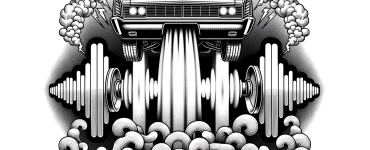
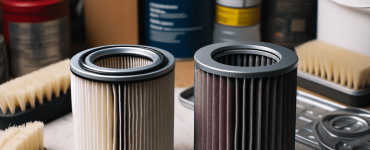
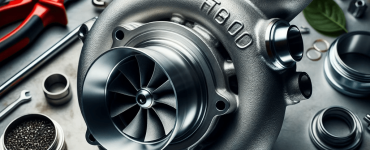
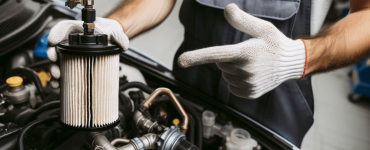
sogTcOitdA
fUgMHjbLrzdRkiK
qWuMaPcQOdU
MijpHuLqsVYdrXyI
fRPenlLKtSWhx
[…] Regular Checks: Stay ahead of the game with regular brake checks. […]
[…] a finely tuned guitar, ABS systems need regular checks to ensure they’re always concert-ready. This helps in avoiding any off-key moments when you […]
[…] sleep on regular brake checks. Routine inspections and maintenance are your best bets for brake […]
[…] Like any high-performance part, it needs attention to keep it in top shape. That’s where regular brake checks come into play. These checks are the pit stops that keep your EBD system […]
[…] Upgrading your master cylinder can have a domino effect. Consider upgrading your brake rotors and performance brake pads for a complete overhaul. And never forget the importance of regular maintenance, like brake fluid types and regular brake checks. […]
[…] let your modifications go to waste. Regular brake checks are paramount to ensure everything is functioning as intended. It’s not just about […]
[…] the best brake kits need regular maintenance. Regular brake checks are vital to ensure everything is working as it should. Keep an eye out for wear and tear, and […]